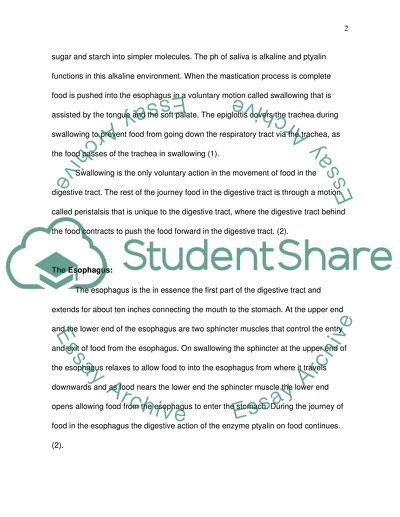Cite this document
(“Digestive System and How It Works Essay Example | Topics and Well Written Essays - 1250 words”, n.d.)
Digestive System and How It Works Essay Example | Topics and Well Written Essays - 1250 words. Retrieved from https://studentshare.org/health-sciences-medicine/1546294-write-human-anatomy-essay
Digestive System and How It Works Essay Example | Topics and Well Written Essays - 1250 words. Retrieved from https://studentshare.org/health-sciences-medicine/1546294-write-human-anatomy-essay
(Digestive System and How It Works Essay Example | Topics and Well Written Essays - 1250 Words)
Digestive System and How It Works Essay Example | Topics and Well Written Essays - 1250 Words. https://studentshare.org/health-sciences-medicine/1546294-write-human-anatomy-essay.
Digestive System and How It Works Essay Example | Topics and Well Written Essays - 1250 Words. https://studentshare.org/health-sciences-medicine/1546294-write-human-anatomy-essay.
“Digestive System and How It Works Essay Example | Topics and Well Written Essays - 1250 Words”, n.d. https://studentshare.org/health-sciences-medicine/1546294-write-human-anatomy-essay.


